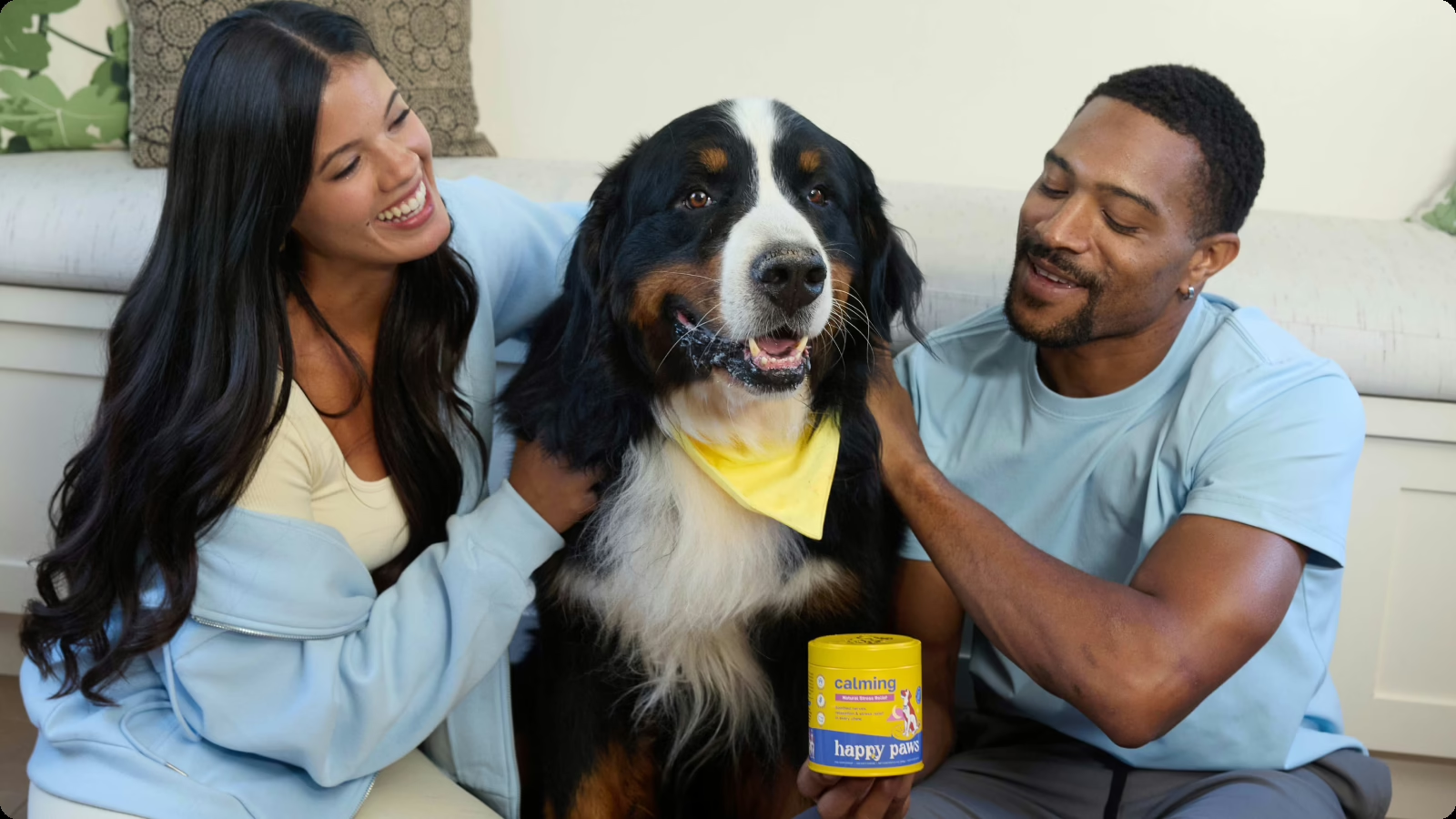If you’ve ever gone down the Dr. Google rabbit hole wondering what’s wrong with your dog’s skin, chances are you’ve stumbled upon the dreaded word: mange. For pet parents, it can sound intimidating, but once you understand what it is and how to treat it, mange becomes far less scary.
Take a breath. Mange is treatable, manageable and, if caught early, much easier to resolve than you might think. Let’s walk through what mange really is, how to spot it, and what steps you can take to help your dog heal quickly and comfortably.
What Is Mange, Really?
Mange is a skin condition caused by mites, tiny parasites that live on or in your dog’s skin. Most mites are harmless in small numbers, but when they multiply rapidly or when your dog’s immune system isn’t functioning properly, problems can arise.
And it’s important to understand, mange isn’t just a “dirty dog” problem. It can affect dogs of any breed, age, or living environment. The key is recognizing it early and treating it appropriately.
The Two Main Types of Mange
There are two primary types of mange in dogs:
1. Demodectic Mange (Demodex)
This type is caused by Demodex mites, which naturally live on your dog’s skin. Normally, they don’t cause issues, but if the immune system is suppressed, the mites can overpopulate. Demodectic mange typically causes non-itchy hair loss, especially around the face and legs. It’s not contagious to other pets or humans.
2. Sarcoptic Mange (Scabies)
Sarcoptic mange is caused by Sarcoptes mites and is highly contagious, both to other dogs and to humans. It’s extremely itchy and can spread quickly. Dogs with sarcoptic mange are often quite uncomfortable and can develop secondary infections if left untreated.
Early Warning Signs
Mange symptoms can overlap depending on severity and secondary infections. These are common signs to watch for:
- Patchy hair loss, especially around the eyes, muzzle, and legs (typically Demodex)
- Excessive scratching, licking, or biting at the skin
- Red, inflamed, or scaly skin
- Crusting, sores, or thickened skin
- A musty or sour odor from the skin
Even though Demodex itself isn’t itchy, secondary bacterial or yeast infections often make dogs scratch just as much as they would with Sarcoptic mange. If your dog shows any of these signs, it’s time for a vet visit.
How Veterinarians Diagnose Mange
Your veterinarian may begin with a skin scraping, collecting a sample to look for mites under a microscope. In some cases, a skin biopsy may be needed to get a better look at what’s going on beneath the surface.
Make sure to mention recent travel, exposure to other pets, or if you have a multi-dog household as those clues can help your vet zero in on a diagnosis faster.
Treatment Options That Actually Work
The good news: mange is treatable, especially when caught early. Treatment may include:
- Prescription oral or topical medications (e.g., Simparica Trio, Revolution Plus, Bravecto, Advantage Multi)
- Medicated shampoos or dips to soothe inflammation, flush out the follicles, and kill mites
- Antibiotics or antifungals to treat secondary infections
- Anti-itch medications for comfort during healing
Depending on the severity and type of mange, treatment may last anywhere from a few weeks to a few months. In contagious cases, your vet might recommend treating all household pets preventively.
At-Home Care to Support Healing
In addition to following your vet’s treatment plan, a few simple steps at home can help your dog recover faster:
- Wash your dog’s bedding and toys regularly in hot water to remove mites and allergens.
- Minimize stress by keeping your dog’s environment calm and predictable as stress can affect the immune response.
- Use only vet-approved shampoos and avoid DIY remedies unless your vet approves.
And while medication handles the mites, your dog’s skin will need time (and support) to heal. That’s where consistent, nutritional support can help. Supplements formulated for skin and coat health—like those rich in omega-3 fatty acids, antioxidants, biotin, and zinc—can help restore the skin barrier and promote healthy fur regrowth.
Happy Paws Skin & Coat Chews include exactly those ingredients, and I’ve seen the effect that quality dog supplements can have as part of a broader recovery plan. Think of it as helping your dog heal from the inside out.
How to Prevent Mange in the Future
Once your dog has healed, prevention is key to avoiding another outbreak. Here’s how to stay ahead:
- Stay consistent with parasite prevention. Most monthly flea/tick products also protect against mites.
- Support the immune system with good nutrition, routine care, and low-stress environments.
- Watch for early signs, like itching or hair loss, because early detection means easier treatment.
- Limit exposure to unfamiliar dogs with visible skin issues, especially in shelters or public spaces.
The Takeaway
Mange might sound scary, but it doesn’t have to be. With a swift diagnosis, consistent care, and a little help from nutritional support, most dogs recover fully and go on to have healthier, shinier coats than ever before.
And next time you hear the word mange, you’ll know exactly what to do.
References & Further Reading:






